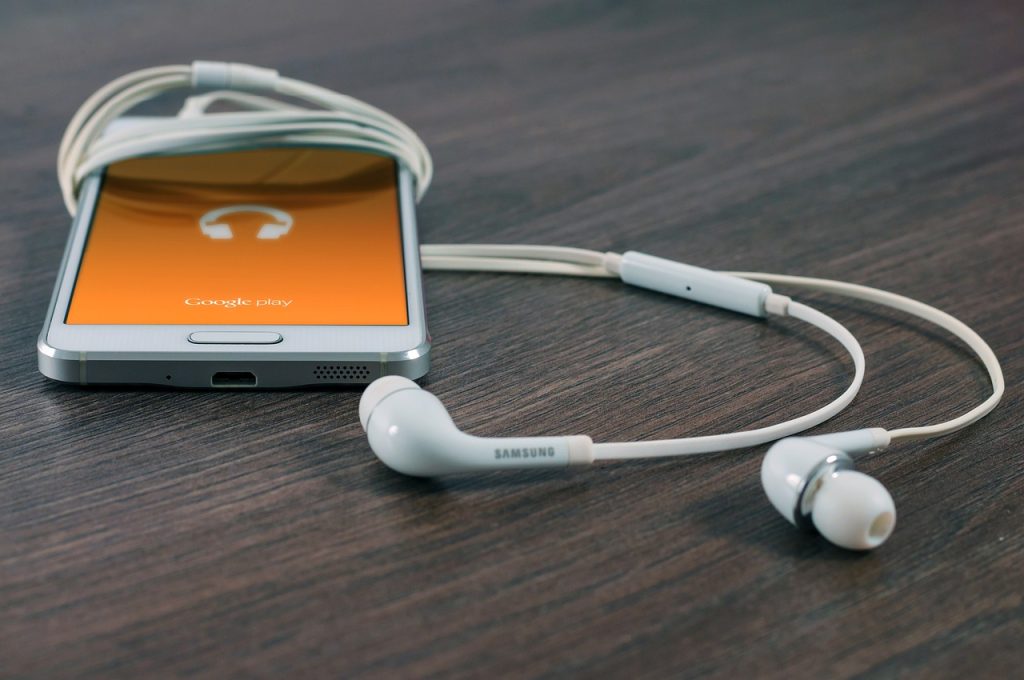When discussing my analysis of Mitski’s The Land Is Inhospitable And So Are We in class, an interesting point was brought up:
Would I have heard of and listened to Mitski if I did not have access to the internet?
Interestingly enough, although perhaps predictably so, I do not think I would have. My first encounter with her music happened through TikTok, where it most likely functioned as background music for a trend or an audio used for editing. I may have heard Nobody a couple times on the radio, but very rarely do such encounters stick in my head—before you know it, the song is over and the radio hosts moved on to another segment. Although it can be argued that at least on the radio, you are able to listen to the song in its entirety, it is a one-in-a-million occurence, whereas if the TikTok algorithm registers you watching a video with even a snippet of Nobody as the sound, it will begin suggesting you more and more videos with the same sound. I have had many songs worm their way into my brain this way, and as much as it becomes a nuisance in many cases, I cannot argue against its effectiveness.
Funnily enough, I have never considered the impact that streaming services such as Spotify or even YouTube had on my music listening preferences. The transition from CDs to albums posted on the artist’s YouTube channel to online streaming services was so natural that I would not be able to pinpoint the exact point in my life when the change happened, with the sole exception of when I bought my first ever laptop and it came without the built-in CD drive.
Can the Medium Be the Message?
With the move to digital platforms came a plethora of new exciting options and new-found listening freedom—suddenly, all the Beyoncé albums I painstakingly collected the physical versions of were immediately accessible to me via Spotify, and I was able to listen to whatever I wanted, whenever I wanted—something not quite possible with the radio or other traditional media. If I were of the impression that music surrounded me wherever I went, joining social media was like stepping into a completely different universe.
The change in medium was followed by a change in music consumption. According to the data collected by the International Federation Of The Phonographic Industry (IFPI) in 2022 (summarised here), people spend up to 20.1 hours per week listening to music—an increase in comparison to the 18.4 hours in the 2021 survey. Furthermore, music is being accessed in more ways than ever before, with “the average person engaging with music via more than six different methods”:
In terms of other forms of music consumption, beyond the 32% on streaming services and 32% on video and social platforms, 17% of consumption came via the good old fashioned radio, 10% is from music purchased on disc or download, 4% is from live music and 6% from other things like TV.
Chris Cooke for CMU
Although it is easy to let the medium fade in the background as we focus on the music and the message it tries to convey, the medium also tells its own story1. Just how the press revolutionalised printing, and the invention of writing changed human storytelling forever, digital streaming alternated the way we listen. This new medium speaks of freedom, of excitement born from the prospect of new exploration.
Some Things Don’t Change
Although the medium might have changed, I have retained some of my listening habits from my CD-collecting days—I still prefer listening through entire albums instead of single songs, and I like collecting physical items, like posters or merchandise, from my favourite artists.
How did streaming impact the way you listen to music? Let me know in the comments below!
- McLuhan, Marshall (1964). Understanding Media: The Extensions of Man. https://archive.org/details/marshall-mcluhan-understanding-media/page/n35/mode/2up ↩︎




I think streaming has shaped my listening habits immeasurably, especially with the Spotify algorithm’s recommendations and the ability to see the amount of streams a song has. This is embarassing but when I was a younger teen and thought of my music taste as very niche I would obsessively comb through my discover weekly and take special care to listen to the songs by artists who has less than 100,000 monthly listeners. Things like the automatically generated On Repeat playlist and the daily mixes definitely also have led me to be less proactive in finding new music than I imagine I would have had to have been before streaming. Such an interesting aspect of how the way we build our identity has changed.
For me, the streaming platforms within music applications help me a lot to identify what’s my music tastes. Most importantly, it quickly pushes the genre through algorithms that I prefer. Streaming devices provide me a number of choices and allow me to have enough freedom to enjoy looking around.